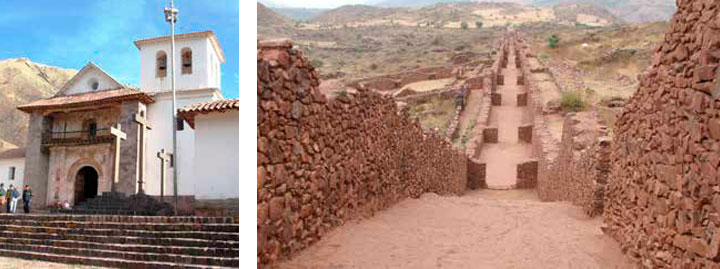Guided visit to Machu Picchu
Machu Picchu
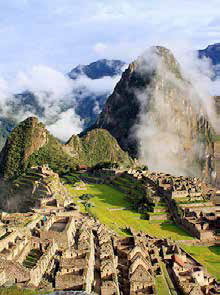
Morning train ride through the sacred valley of Urubamba to the "Lost City of the Incas," Machu Picchu. Perched 8,200 feet above the valley, it was hidden by mountains and semi-tropical jungles for 400 years until discovered by Hiram Bingham of Yale University in 1911. Archaeologists believe that the Inca "Virgins of the Sun" took refuge from the Spanish Conquistadors here. Guided tour of the ruins upon arrival. Lunch is at the Belmond’s Sanctuary Lodge located just a few steps from the Inca citadel. Lunch is included.
(All activities and excursions start from
your hotel in Aguas Calientes or in Machu Picchu)
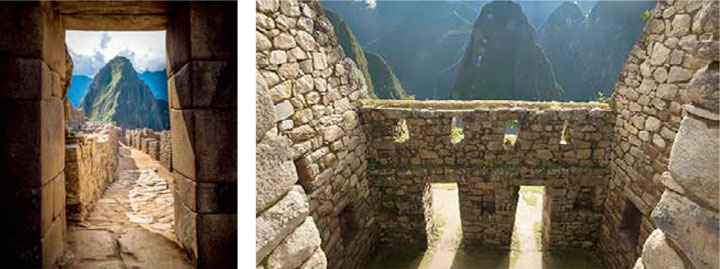
Inca Trail - Full Day Hike
Take the legendary Inca Trail to Machu Picchu
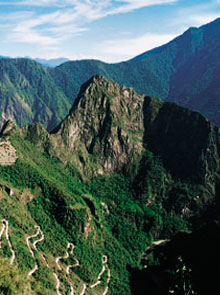
Arrive at Machu Picchu on the very same trail used by the Incas.
The Inca Trail is rated among the best trekking trips in the world because of the exquisite beauty of its natural surroundings. On this full day hike on the Inca Trail you arrive at Machu Picchu on the very same trail used by the Incas, you enter the citadel through the legendary Sun Gate.
Take the train to Km. 104, hike along the snowcapped Andes overlooking the Urubamba Valley, visit the spectacular religious site of Chachabamba, have lunch by a beautiful waterfall, explore the amazing agricultural terraces of Wiñay Wayna before descending into the cloud forest to encounter the legendary Sun Gate. This is a lifetime “Exceptional Experience” you will be proud you took. Guided tour is on the following day. Box lunch is included.
Duration: 6 hours
Level of Difficulty: 4 hours easy, 2 hours moderate
Due to the overwhelming demand reservations must be made well in advance.
Hotel accommodation in Machu Picchu/Aguas Calientes is required.
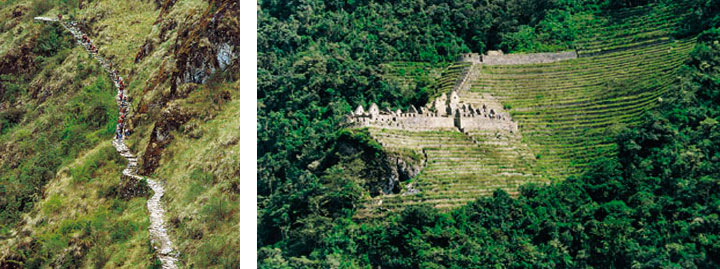
Piasc market and ollantaytambo
Sacred Valley
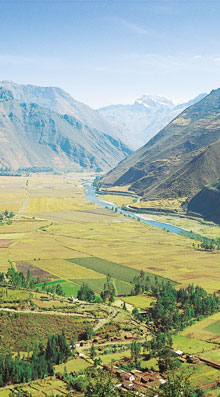
Pisac Indian Market
Morning departure for a drive through the fertile countryside of the Urubamba Valley to the colonial village of Pisac where a unique Indian Market takes place daily. The variety of products offered is overwhelming, from pottery with reproductions of archaeological pieces, to all kinds of textiles, jewelry and Peruvian handicrafts. During your visit to this bustling marketplace you will have the opportunity to bargain with the artisans and indigenous traders. Grab the items you like, you will hardly see the same one again.
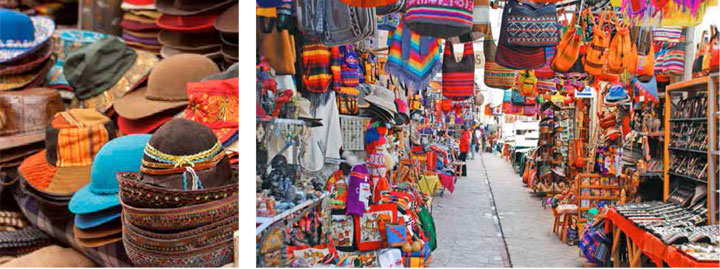
Piasc market and ollantaytambo
Sacred Valley
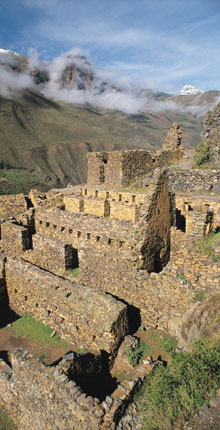 Ollantaytambo Archaeological Complex
Ollantaytambo Archaeological Complex
Continue to the Ollantaytambo archaeological complex, the Incas built it as a fort that included a temple, agricultural terraces, and an urban area. There are two distinct sectors: The religious and worship zone, and the residential area. Ollantaytambo was an important administrative center with probable military functions if one considers the walls and towers. There are also traces of ancient roads and aqueducts as well as several Inca’s waterways coming from nearby rivers that still benefit the town irrigation system.
During the Spanish conquest of Peru Ollantaytambo was the stronghold the Inca’s resistance. Its cobblestoned streets are part of the Inca’s city planning in the 1200s. The town of Ollantaytambo is called a “Living Inca Town” because their inhabitants still maintain ancient practices and customs from their ancestors.
Lunch is at a beautiful country estate on the shores of the Urubamba River.
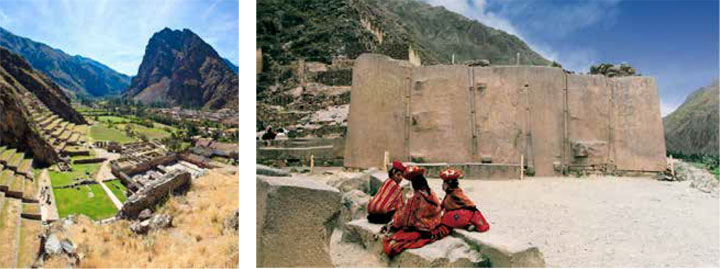
Moray maras and quechua village
Sacred Valley
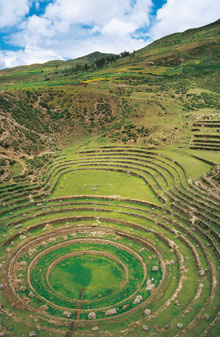
Moray Terraces
Pass through unspoiled and picturesque Andean communities on your way to the Incan agricultural experimental center of Moray, famous for its sunken amphitheater, made up of four circular terraces, which appear to fade away into the earth like an artificial crater. The site was apparently an Inca agricultural research station filled with fertile earth and watered by complex irrigation systems, designed for experimenting with crops at various altitudes.
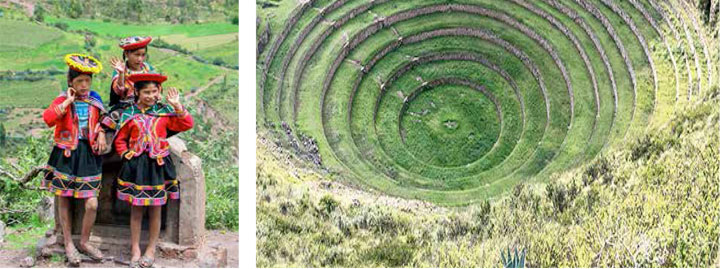
Moray maras and quechua village
Sacred Valley
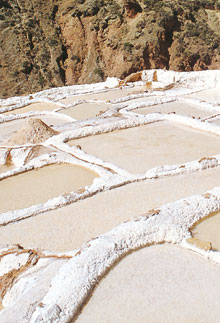
Maras Salt Pools
Continue to the impressive Maras salt pools formed by water emerging from a lake inside a mountain in the Urubamba Valley. An amazing view of evaporating ponds for the extraction of salt. Learn about ancestral techniques, which are still used, in agricultural, irrigation and salt-recollection tasks, as well as in Andean festivals and rites.
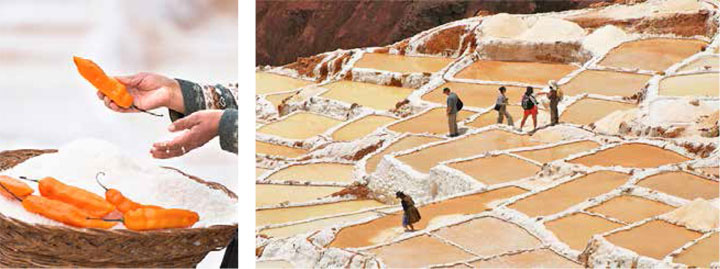
Moray maras and quechua village
Sacred Valley
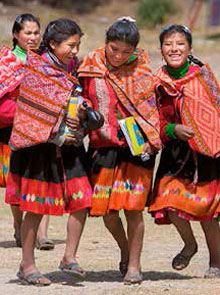
Authentic Quechua Village
After lunch, visit an authentic Quechua Village to feel the way of life of the Inca’s ancestors. The Inca himself was a noble Quechua. They live off the land and are always wearing their colorful ponchos, see Quechua children scamper about while woman are weaving their family’s clothes. A meaningful experience! Lunch is included.
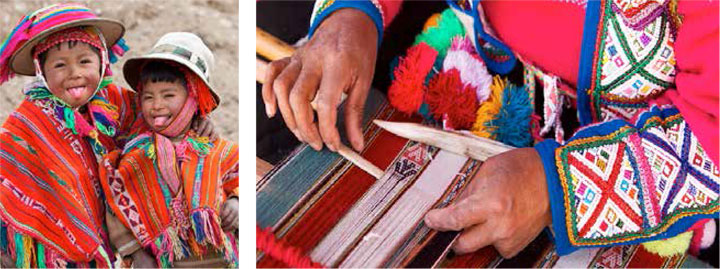
Cusco City Tour and Nearby Ruins
Cusco
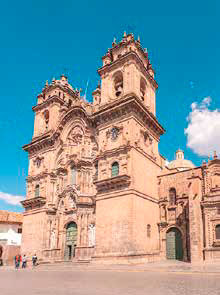
Visitors are caught up in the excitement of touring the ancient capital of the Inca Empire, a delightful combination of Inca and colonial architecture. The tour visits important landmarks such us Cusco’s Cathedral, Plaza de Armas and Koricancha “The Temple of the Sun”. This tour of the oldest continuously inhabited city in the western hemisphere also includes the nearby ruins of Kenko, Puca-Pucara, Tambomachay as well as the Sacsayhuaman fortress, an imposing example of Inca military architecture.
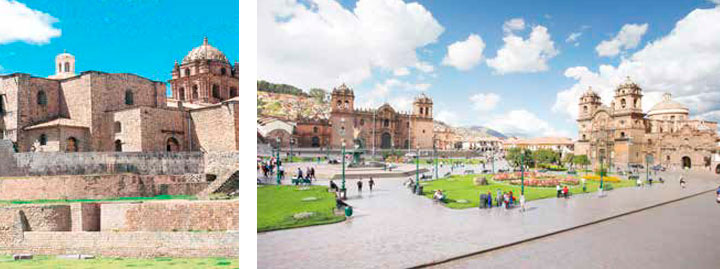
Walking tour of Cusco
Cusco

Visitors are caught up in the excitement of touring the ancient capital of the Inca Empire, a delightful combination of Inca and colonial architecture. The tour visits important landmarks such us Cusco’s Cathedral, Plaza de Armas and Koricancha “The Temple of the Sun”. Tour includes a visit to the emblematic Cusco neighborhood of San Blas, filled with narrow typical streets, charming small homes, galleries and craft workshops, where you see local artisans at work. Cusco is the oldest continuously inhabited city in the western hemisphere.
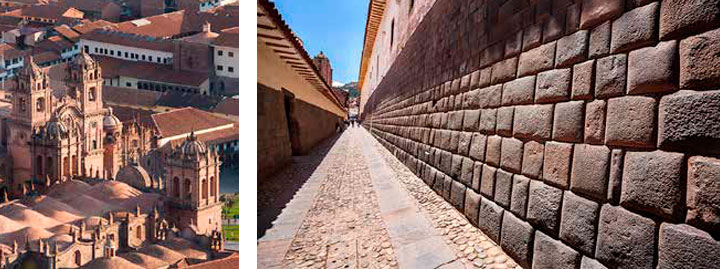
Cusco Superb
Cusco
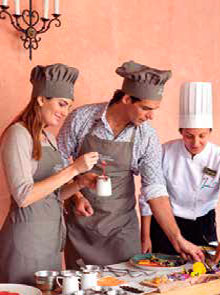
Art tour, hands-on-cooking lesson
Tour the hotel’s renowned art collection then enjoy a brief talk about the evolution of gastronomy in Peru and a cookery demonstration. The Art Tour Take a guided tour of the hotel’s renowned collection of Cusco School paintings in the company of an expert, and discover fascinating aspects of the history of Cusco and its art. Hands-on cooking lesson Our expert chef helps you to prepare an appetizer, a main dish and dessert, all featured on our hotel menu. The meal prepared will be served as lunch.
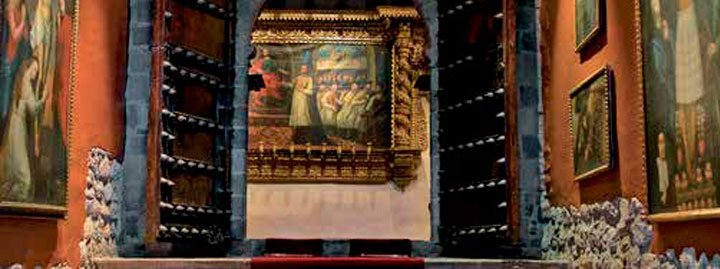
Cusco Superb
Cusco
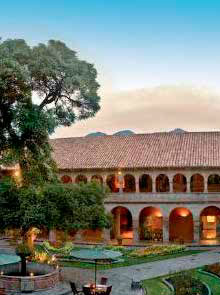
Opera dinner
This unique experience closes with a superb dinner at Monasterio’s renowned Tupay restaurant that offers internationally-inspired Peruvian cuisine in a captivating atmosphere. Tuesdays, Thursdays and Saturdays nights the romantic arches of El Tupay resonate with the operatic sounds of Cusco’s best tenor and soprano. Mondays and Wednesdays nights dinner is accompanied with live classical music. A “not-to-miss” opportunity to experience the splendor of a monastic dining room restored to full glory.
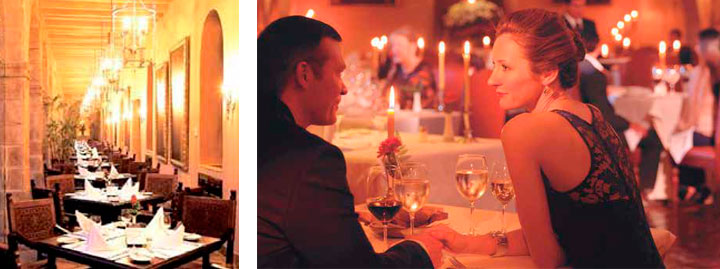
Tipon
Cusco
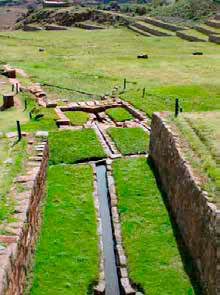
According to legend, it was one of the royal gardens built by Wiracocha. It comprises 12 terraces, flanked by perfectly formed stone walls and enormous platforms, canals and ornamental waterfalls which, with the local flowers, make up an impressive landscape. The site (3,316 masl) is made up of different sectors: Tipón itself, Intiwatana, Pukutuyuj and Pucará, Cruz Moqo, Pitopujio cemetery and Hatun Wayq´o, among others.
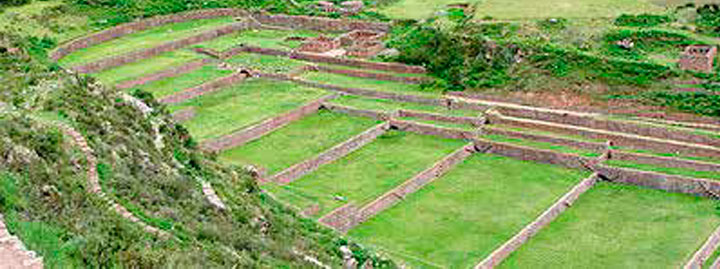
Piquillacta and Andahuaylillas
Cusco
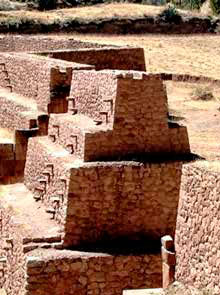
Travel south of Cusco to Piquillacta. This town, one of the most important civil monuments left by the Incas, is thought to have been a repository for agricultural products or else used for defensive purposes. From there continue south to Andahuaylillas. Here you find the “Sistine Chapel of Peru”, a church that is home to golden altars, paintings and many colored ceilings. The chapel is simple and unassuming on the outside, but on the inside you’ll find masterpiece after masterpiece.
